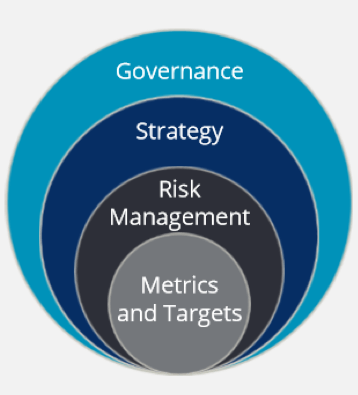Is your bank considering climate change risk when addressing enterprise risk management (ERM)? If not, it might be time to start.
Global warming may seem like an abstract concept, but bank regulators across the world are looking at this emerging risk and suggesting that financial institutions recognize its potential impact on economic and operating conditions.
Climate change is predicted to create both short and long-term risks due to a variety of factors from potential increases in natural disasters to economic shifts resulting from mandates for reduced carbon output.
These risks include:
- Credit risks: Losses due to natural disasters or exposure through loans to companies that aren’t prepared to deal with increasing risks or economic shifts. A paper from the Federal Reserve Bank of Richmond suggests that “rising temperatures could reduce U.S. economic growth by up to one-third over the next century.”
- Market risks: Disasters can damage infrastructure and hurt the economy. Bank of England case studies demonstrate that tightening energy efficiency standards in rented property, coal financing, and lending to the automobile sector can increase financial risk.
- Operational risks: Threats to business continuity may rise if disasters increase in frequency or intensity.
The industry is beginning to take these issues seriously. In 2015 the Financial Stability Board (FSB), an international group of financial authorities, created the Task Force of Climate-Related Financial Disclosures to develop voluntary climate-related financial risk disclosures addressing the physical, liability, and transition risks associated with climate change.
Its recommendations include:
Governance: Disclose the organization’s governance around climate-related risks and opportunities.
Strategy: Disclose the actual and potential impacts of climate-related risks and opportunities on the organization’s businesses, strategy, and financial planning where such information is material.
Risk management: Disclose how the organization identifies, assesses, and manages climate-related risks.
Metrics & targets: Disclose the metrics and targets used to assess and manage relevant climate-related risks and opportunities where such information is material.
Core Elements of Recommended Climate-Related Financial Disclosures

Source: Task Force of Climate-Related Financial Disclosures
It’s more than lip service. According to The Wall Street Journal Citigroup has “established a working group to integrate climate issues into its risk management controls.” It was “created by the direction of the bank’s chief risk officer…in response to the TCFD’s recommendations, as well as an increasing number of regulatory inquiries on climate-related matters.”
Citibank is not the only one. The Global Association of Risk Professionals has studied the trend and surveyed 27 major banks, asset managers, and insurers. "Financial institutions' treatment of climate risk has changed dramatically over the past five years," says Jo Paisley, Co-President of the GARP Research Institute. "Whereas they used to view climate change largely as a reputational risk, banks and other firms are now treating it as a financial risk and are formally integrating it into their risk management frameworks. As a sign of this progress, 26% of respondents now have a dedicated climate risk function."
What is your bank doing about climate risk and its potential impact on loans, investments, and operations? It’s a question you may want to ask at your next strategic planning or risk management meeting.